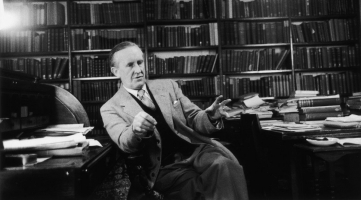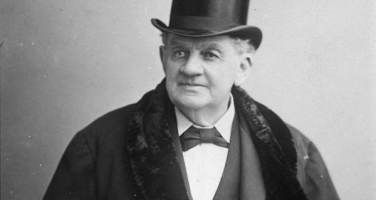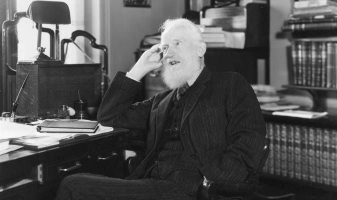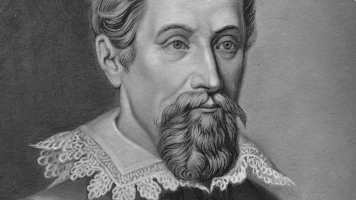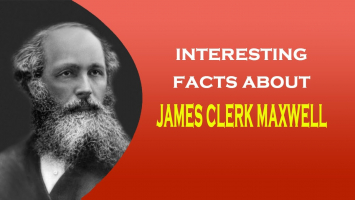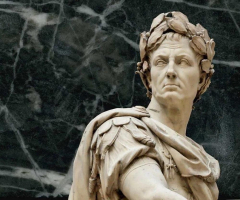Top 7 Interesting Facts about J. P. Morgan
There are interesting facts about J. P. Morgan that you may not know. He is considered America's greatest and most influential banking magnate during what is ... read more...known as the Golden Age - a period of rapid industrialization and economic boom that lasted from 1870 to 1900.
-
One of the interesting facts about J. P. Morgan is that he was the one who quelled the financial crisis of 1907. JP Morgan intervened to assist in containing the Panic of 1907, a raging financial crisis that threatened to destroy the US economy. His accomplishments have established him as a skilled crisis manager.
The American economy was almost destroyed by the financial crisis of 1907. Before Morgan intervened to help resolve the situation, the major banks in New York were on the point of failure and there was no way to save them.
Federal funds worth $35 million were put aside by Treasury Secretary George B. Cortelyou for bank deposits in New York. The leading bankers in the country were then gathered at Morgan's mansion in New York, where he compelled them to devise a strategy for handling the problem. Thousands of tiny depositors who were about to rush to withdraw money from struggling lenders have now been calmed by this deft maneuver.
The nation's most powerful bankers were gathered for a meeting at which Morgan and National City Bank President James Stillman pushed them to create a defense against future financial catastrophes as the next step. The Federal Reserve created the framework in this manner. Morgan assembled a team of bankers and trusts to move money through institutions, obtain additional global credit lines, and repurchase shares of thriving companies that were falling sharply in price.
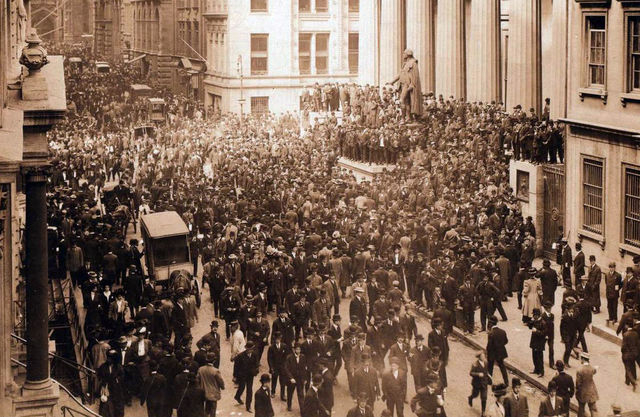
Photo: https://s3.amazonaws.com/ 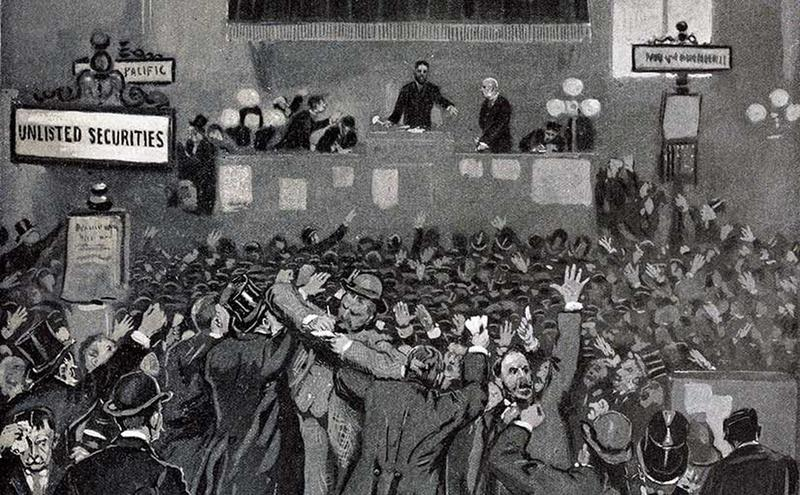
Photo: https://cdn.historydaily.org/ -
Nobody is claiming that JP Morgan always makes profitable investments. One such instance is the disastrous collaboration he started with the contentious American inventor Nikola Tesla. One of the interesting facts about J.P. Morgan is that he lent Tesla $150,000 (about $5 million today) to build the world's first transatlantic wireless communication system.
In 1900, Nikola Tesla persuaded Morgan that he could create a transatlantic wireless communication system that would function better than a wave-based wireless telegraph system. This system was eventually built at Wardenclyffe. Guglielmo Marconi later gave a short-range radio demonstration. Morgan consented to provide Tesla with $150,000 ($4,885,800 in 2021) in exchange for holding on to 51% of the patents to create the system. Tesla decided to build up the facility as soon as the contract was finalized to incorporate his concepts for wireless terrestrial power transmission and create what he believed to be a more competitive system.
Tesla started a series of tests on what he called "wireless terrestrial power transmission" rather than adhering to the original strategy. Morgan instantly turned off the money faucet because he didn't appreciate his partner's novel ideas. Morgan refused to pay for the adjustments because it saw Tesla's changes as a breach of the agreement. The Wardenclyffe project was abandoned in 1906 and never put into action due to a lack of funding.
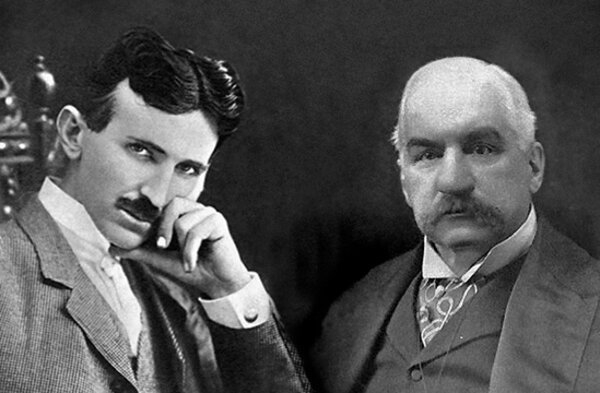
Photo: https://blog.world-mysteries.com/ 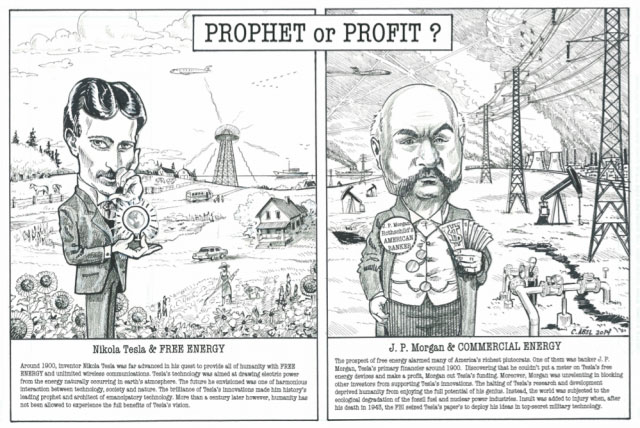
Photo: https://www.soulask.com/ -
J.P. Morgan owned and operated more than 100,000 miles of railroads throughout the early 20th century, investing in half of the country's train transportation market. This implied that all trade in goods, commodities, and services within the United States was indirectly under the authority of Morgan and his friends, associates, and business partners. To argue that JP Morgan was the one responsible for launching the American economy into the 20th century would not be an exaggeration.
As the greatest industry in America when he came to power, Morgan concentrated on the railroads. From Jay Gould and Jim Fisk, he took over the Albany and Susquehanna Railway in 1869. Through organizational leadership, he broke Jay Cooke's government funding privileges and built and financed a railroad empire by reorganizing and consolidating in every region of the United States. He generated significant sums of money across Europe, but he didn't only get engaged as a financier; he also assisted the railroads in restructuring and improving efficiency. He developed a vision for an integrated transportation system and fought against investors who were solely concerned with making money.
To assist the business in complying with the new rules and create agreements to preserve "public, fair, consistent, and stable prices," Morgan organized conferences in 1889 and 1890 that brought railroad presidents together. A community of interest was established between the opposing lines at the first conference of its kind, laying the groundwork for the great consolidation of the early 20th century. In addition, between 1869 and 1899, JP Morgan & Co and the institutions eventually succeeded in organizing a significant number of railroads. Street railroads were also supported by Morgan, particularly in New York City.
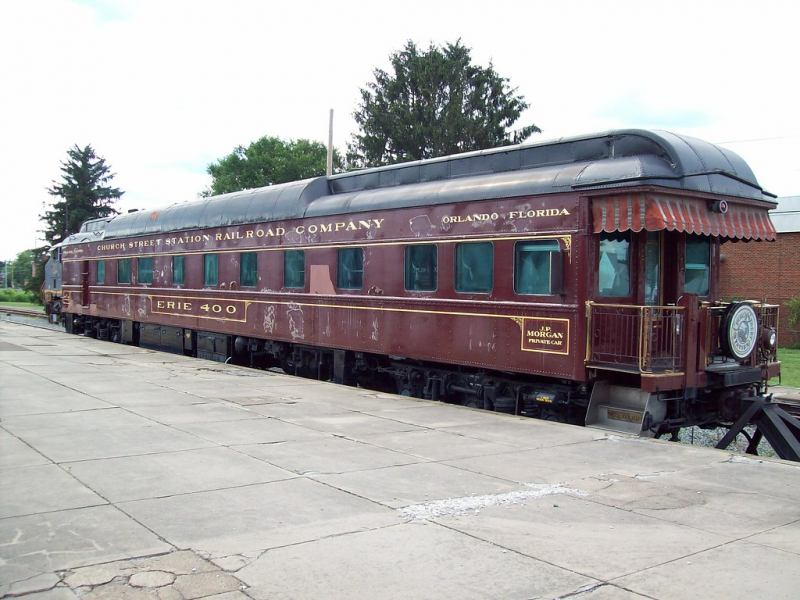
Photo: https://c2.staticflickr.com/ 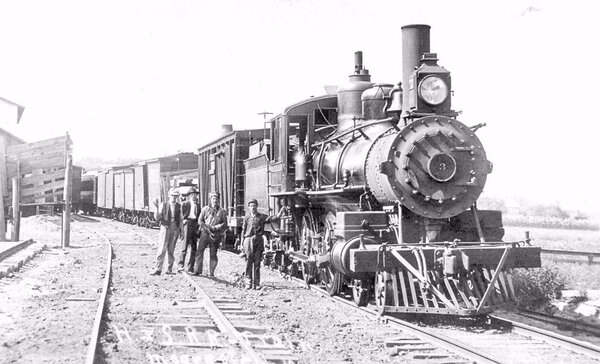
Photo: https://assets.sutori.com/ -
The Corsair, which was built by William Cramp & Sons for Charles J. Osborn (1837–1855) and launched on May 26, 1880, was the first of numerous large yachts that Morgan, an enthusiastic yachtsman, owned. The private banking manager for Jay Gould was Charles J. Osborn. In 1882, Morgan purchased a yacht. Although the question is unproven, Morgan is sometimes quoted as stating, "If you have to inquire the price, you can't afford it," in answer to a query concerning the price of keeping a yacht. A similar unproven rumor claims that J.P. Morgan Jr. said this in conjunction with the 1930 launch of his yacht Corsair IV at Bath Iron Works.
Morgan had been scheduled to travel on the tragic RMS Titanic's inaugural voyage, but he decided to stay at a resort in Aix-les-Bains, France, instead. Morgan's International Mercantile Maritime Company owned the White Star Line, which ran the Titanic, and she was required to have her ohamber and a promenade deck there.
JP Morgan is incredibly fortunate. An amusing tidbit about JP Morgan is that he purchased a first-class ticket for the Titanic's celebrity-studded inaugural voyage but changed his mind at the last minute and sold it to a total stranger. He famously said, "When I heard of the ship's sad sinking, "Money losses have no value in life. What matters is the loss of life. It is the loss of life. It was a terrible death."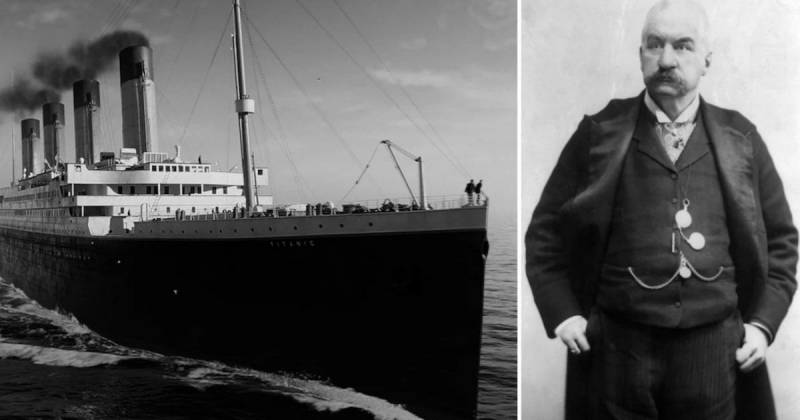
Photo: https://cdn.newspunch.com/ 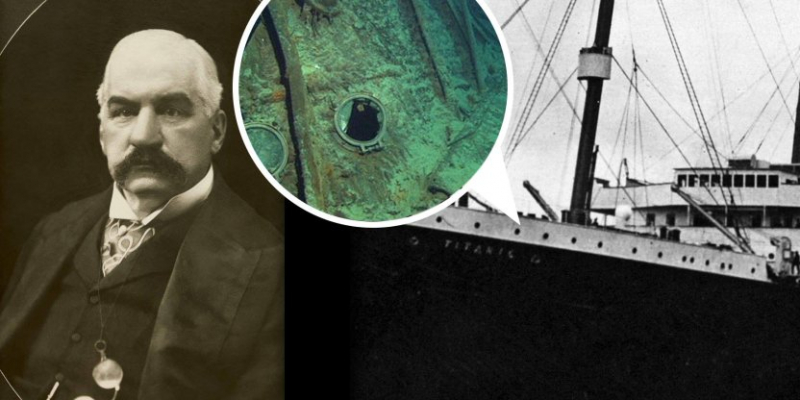
Photo: https://static.paraloscuriosos.com/ -
One of the interesting facts about J. P. Morgan is that he lent some gold to the Federal Treasury. The Federal Treasury was having major issues in 1895. It was practically empty! JP Morgan and associates of the Rothschild family loaned the US government 3.5 million ounces of gold in exchange for a 30-year bond. This fact demonstrates how the US economy has always been supported by huge corporations.
Amid the Panic of 1893, by 1895, the Federal Treasury was almost out of gold. Because of a plan to issue bonds to the general people to weather the crisis, Morgan's proposal for the federal government to purchase gold from his institutions and Europe was rejected. Morgan asked to meet with Grover Cleveland since he was convinced there would not be enough time to carry out such a scheme. When they finally did, Cleveland warned that the country might default on that day if nothing is done.
Morgan proposed a plan to use the old civil war statute to allow Morgan and the Rothschild family to sell gold directly to the U.S. Treasury Department, 3.5 million ounces, to restore a treasury surplus, in exchange for an issue of bonds with a maturity of 30 years. This episode saved the Treasury but damaged Cleveland's standing with the peasantry of the Democratic Party, and became a problem during the 1896 election when the banks were attacked by William Jennings Bryan. Morgan and Wall Street bankers donated heavily to Republican William McKinley, who was elected in 1896 and re-elected in 1900.
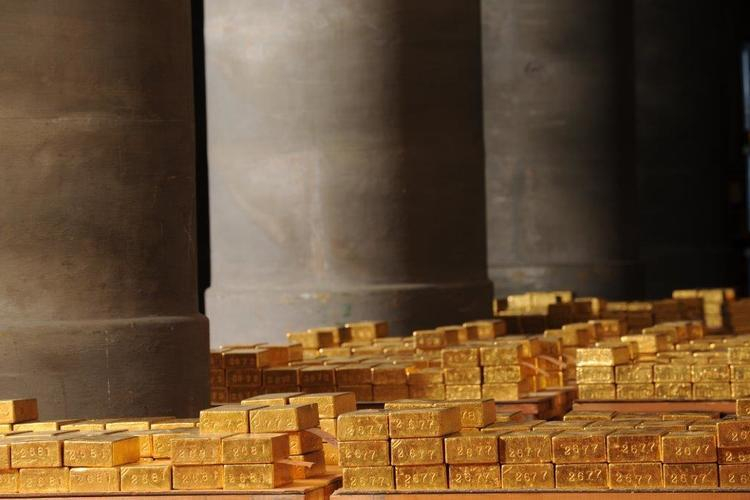
Photo: https://zh-prod-1cc738ca-7d3b-4a72-b792-20bd8d8fa069.storage.googleapis.com/ 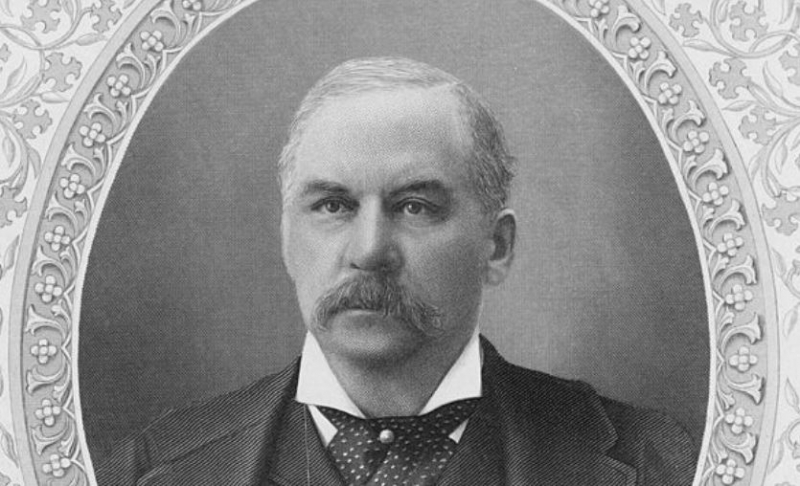
Photo: https://www.celebritynetworth123.com/ -
Morgan was an avid collector of books, photographs, artwork, timepieces, and other works of art. Many of these items were lent or donated to the Metropolitan Museum of Art, whose founding he played a significant role in as president, and many others were kept in his London residence and private library on 36th Street, close to Madison Avenue in New York City.
British artist and critic Roger Fry served as a collector for the museum and Morgan for several years. As a tribute to his father, J.P. Morgan Jr. established the Pierpont Morgan Library as a public space in 1924. He retained Belle da Costa Greene, his father's librarian, as the library's first director.
Morgan has also developed into one of the most significant American gem collectors and has put together the most significant collection of both American and jewels (more than 1,000 pieces). Under the supervision of George Frederick Kunz, Tiffany & Co.'s Chief Gemologist, the company put together its initial collection. The collection was displayed at the 1889 Paris World's Fair. Two gold prizes were given to the exhibition, which also caught the interest of notable academics, researchers, and members of the public.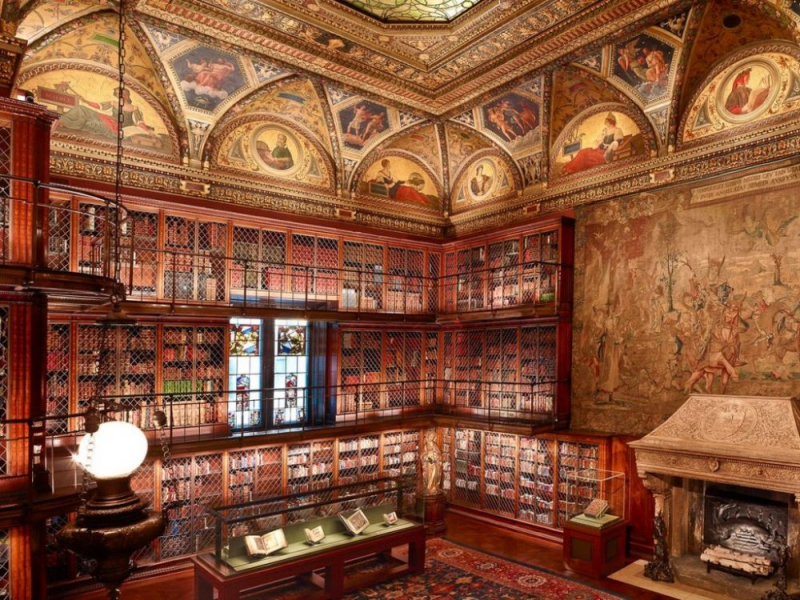
Photo: https://tradingblvd.com/ 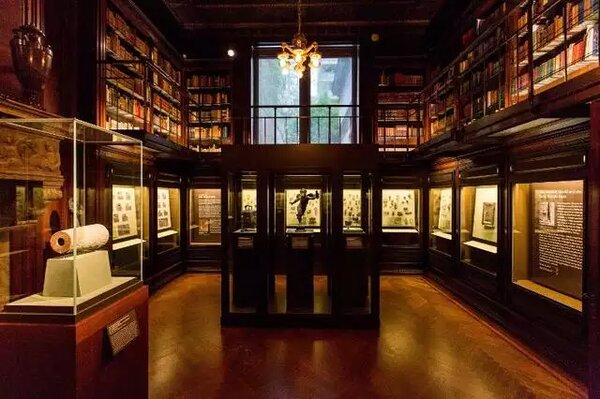
Photo: https://tradingblvd.com/ -
One of the interesting facts about J. P. Morgan is he bought the US steel industry. Morgan bought the US steel industry in the early 1900s, resulting in the creation of US Steel, the first $1 billion firm in history. The largest member of this group is Carnegie Steel, which was acquired for $480 million by Morgan and Andrew Carnegie without the use of an attorney or even a written agreement.
Morgan assumed control of JS Morgan & Co. upon the passing of his father in 1890. (renamed Morgan, Grenfell & Company in 1910). To acquire Andrew Carnegie's steel company and combine it with other steel, coal, mining, and maritime businesses, he started speaking with Charles M. Schwab, president of Carnegie Co., and the industrialist in 1900.
He founded the Federal Steel Company and combined it in 1901 with the Carnegie Steel Company and several other steel and iron companies to create the United States Steel Corporation. With an approved capitalization of $1.4 billion in 1901, U.S. Steel became the first billion-dollar company in the world, dwarfing all other industrial firms in size and being on a level with the biggest railroad companies.
The objective of US Steel is to increase economies of scale, lower resource and transportation costs, increase product lines, and enhance distribution so that the United States can compete internationally with Germany and the United Kingdom. Critics view U.S. Steel as a monopoly since it aspires to control not only the steel industry but also that of wires, nails, train cars, ships, bridges, and many other items. Morgan currently controls two-thirds of the steel market through US Steel, and Schwab is optimistic that the firm will soon own a 75 percent share.
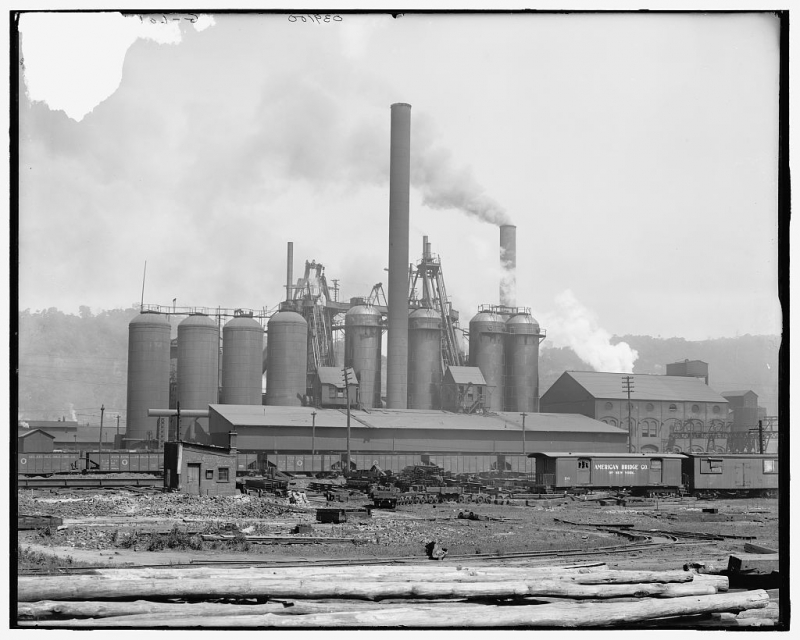
Photo: https://i.pinimg.com/ 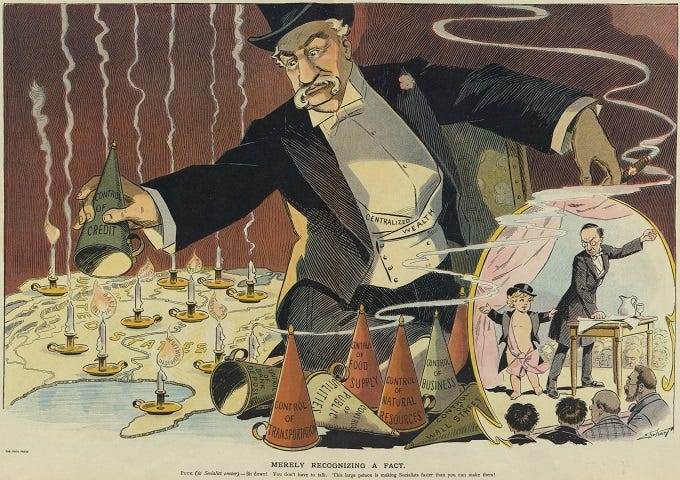
Photo: https://i.investopedia.com/









